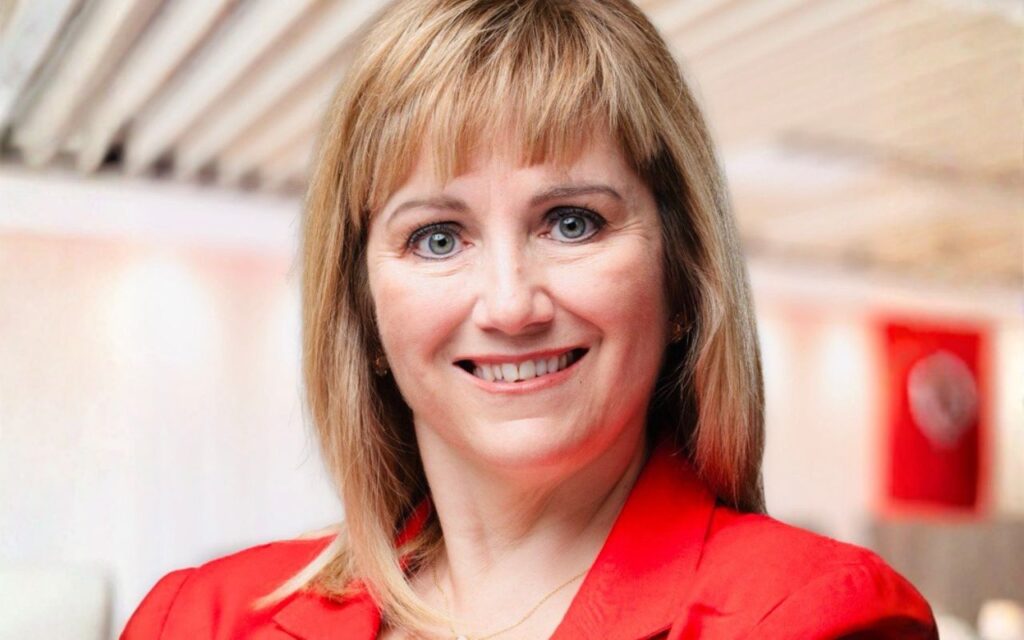
As part of our micro-series on key data points from the groundbreaking What Women Want survey, presented at The Women’s Summit in October 2024 in partnership with She, Her, Hers, we’re spotlighting the complex realities shaping women’s lives today. These articles break down the data, tell the stories behind the numbers, and outline where change is most needed.
At The Women’s Summit, we unveiled startling insights from our partnership with She, Her, Hers, via the inaugural What Women Want Survey. The findings revealed a troubling truth: while women are prioritizing wellness, they are also more exhausted and stressed than ever before.
Key insights from the data:
Women continue to face gender bias at work. The survey results showed:
- 26% of women say they’ve earned lower wages than their counterparts.
- Nearly 1 in 4 report being passed over for promotions, even when their performance warranted advancement.
- 22% have experienced inappropriate language or jokes in the office.
- One in 5 say they’ve been given lower-level tasks than colleagues in the same role, or received less career support from leaders and managers.
- 13% have experienced sexual harassment at work.
Similar themes continue outside of the office as well.
- 37% of women have experienced verbal harassment – nearly double the rate reported by men.
- 22% have experienced physical harassment.
- Over 1 in 4 women say they’ve experienced unsolicited corrections or explanations – like mansplaining.
- 16% have been victims of online harassment or bullying.
Why this matters:
These numbers reveal more than individual experiences – they expose a culture where bias, disrespect, and dismissal are still part of everyday life for many women. The result isn’t just professional stagnation or public discomfort. It’s a cumulative impact on confidence, safety, mental health, and long-term opportunity.
And while women continue to make strides across industries and communities, they’re often doing so against the current, fighting to be heard, supported, and treated with the respect they’ve earned.
What’s next:
- For employers: Close pay gaps through transparent compensation reviews, promote women equitably, and invest in leadership pipelines.
- For communities: Push for safer public spaces, stricter anti-harassment policies, and invest in education for youth, especially for young boys, around respect, gender equality, and empathy.
- For individuals: Interrupt bias when you see it – at work, in conversations, or online. Advocate for inclusive practices in your own sphere of influence, no matter how small.
Canadian resources for workplace and social equity and safety:
- Canadian Women’s Foundation – National leader in advancing gender equity through funding, research, and programs that support women’s safety, economic security, and leadership.
- Women’s Legal Education and Action Fund (LEAF) – Legal resources and advocacy tools to support women facing discrimination and uphold gender equality rights.
- Catalyst Canada – Provides research, training, and tools to help organizations build inclusive workplaces and advance women into leadership roles.








